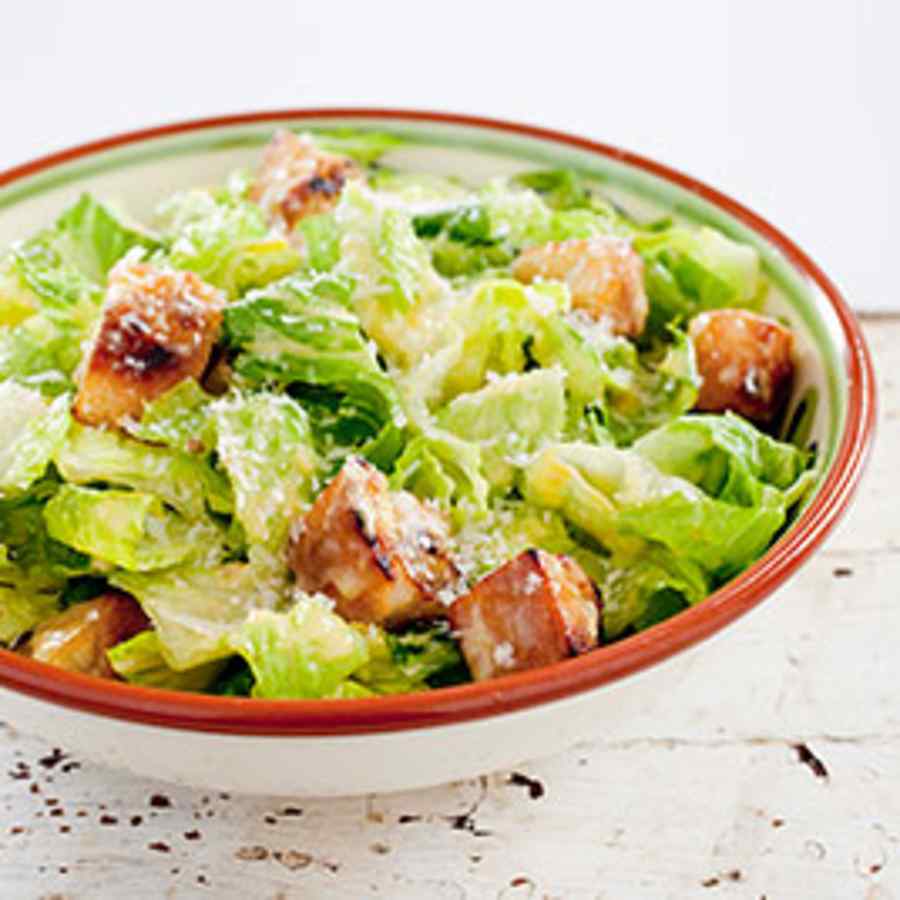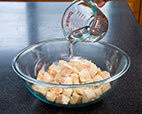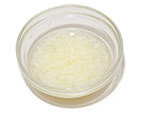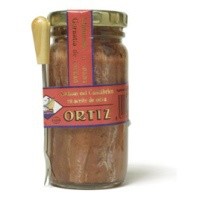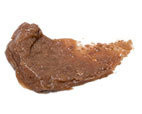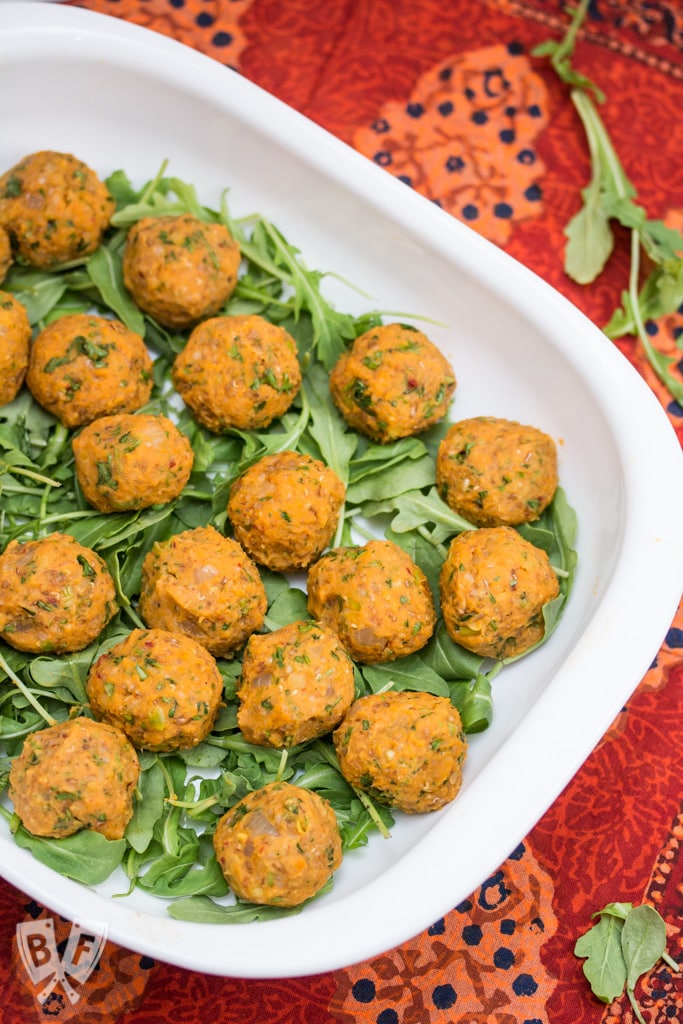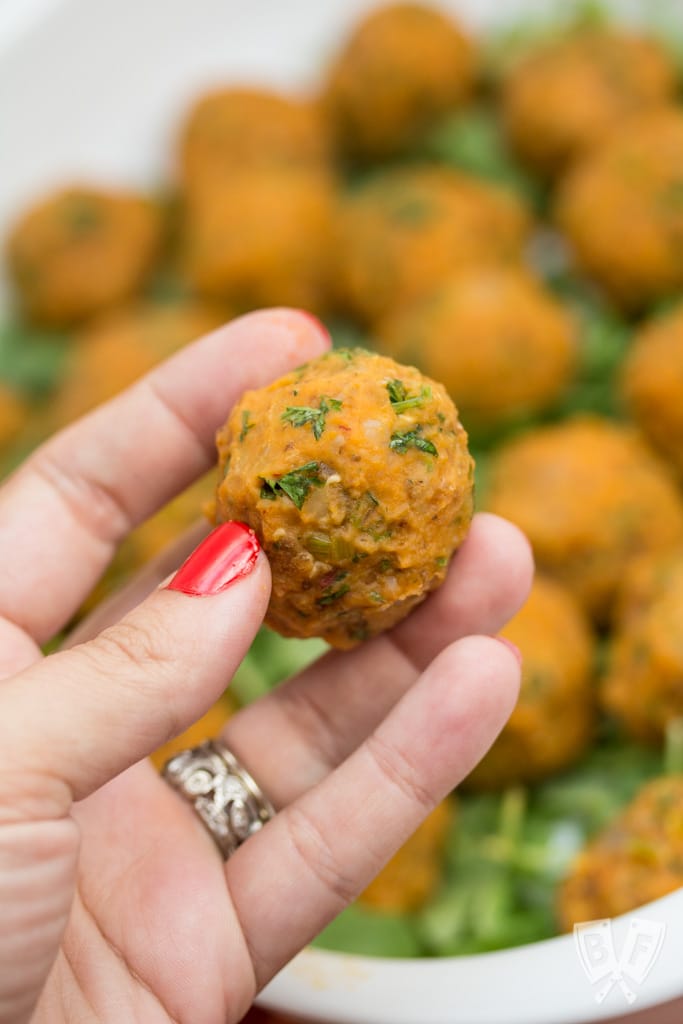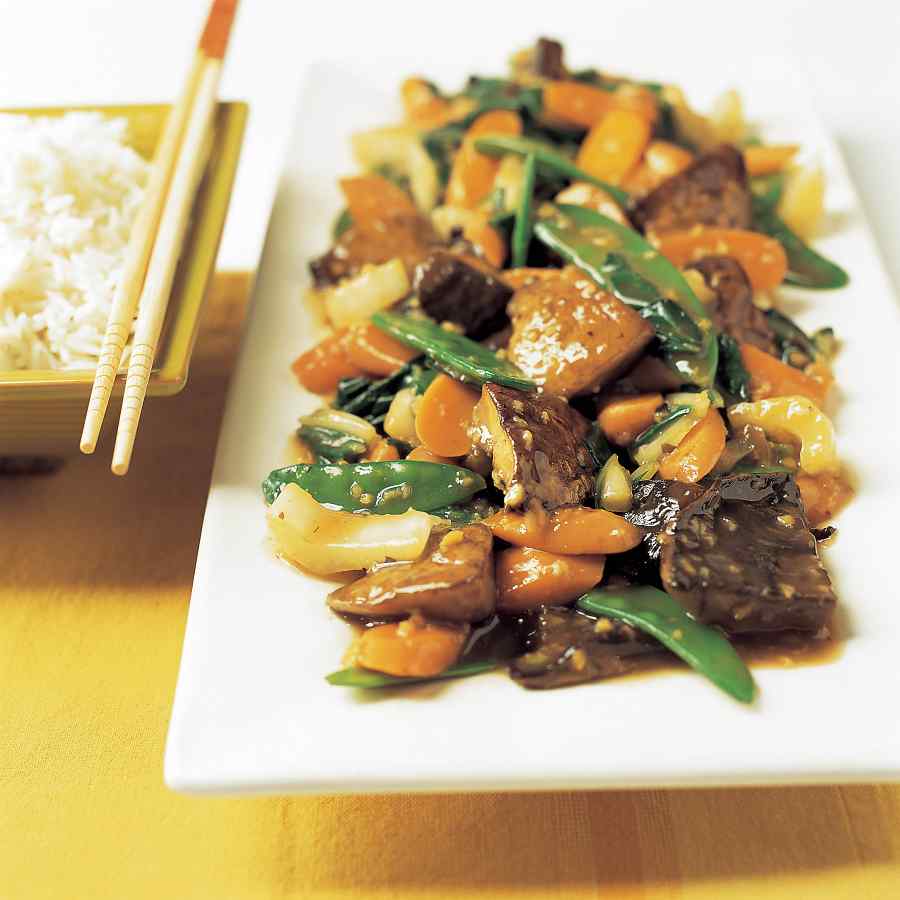
WHY THIS RECIPE WORKS
When designing a satisfying vegetarian stir-fry recipe, we chose hefty eggplant to stand in for meat and then followed our tried-and-true procedure for stir-fries: Cook the eggplant in batches and set aside (we added a glaze to boost the flavor); steam-sauté the longer-cooking vegetables (such as carrots and broccoli) and set them aside; stir-fry the softer vegetables (such as celery, bell pepper, greens, and aromatics); then add everything back to the pan along with a flavorful sauce.

INGREDIENTS
SAUCE
VEGETABLES
INSTRUCTIONS SERVES 3 TO 4
Eggplant can cook unevenly because the stem end is denser than the part containing most of the seeds. If some of the pieces seem cooked through in less than the allotted time, transfer these pieces to a plate and continue cooking the others until done. Return all the pieces to the pan before adding the glaze mixture. If you like a spicier stir-fry, increase the chili sauce to 2 teaspoons. Serve with steamed white rice.
1. Whisk glaze ingredients in small bowl; whisk sauce ingredients in separate small bowl. In third small bowl, mix garlic and ginger with 1 teaspoon oil. Set bowls aside.
2. Heat 1/4 cup oil in 12-inch nonstick skillet over medium-high heat until shimmering. While oil is heating, combine salt and beaten egg in large bowl. Add eggplant and toss to coat evenly; transfer to clean bowl, allowing any excess egg to drip off. Sprinkle cornstarch over eggplant and toss with rubber spatula to coat evenly. Add eggplant in single layer to skillet and cook, without moving eggplant, until golden brown on one side, 2 to 3 minutes. Reduce heat to medium; turn eggplant with tongs and continue to cook, shaking skillet occasionally, until pieces are golden brown and softened, about 10 minutes more. (Some pieces may take longer than others; see note above.) Increase heat to medium-high; add glaze mixture and cook, stirring, until glaze is thick and eggplant is coated, 1 to 2 minutes. Transfer eggplant to large plate; rinse skillet clean and dry with paper towels.
3. Add 1 teaspoon oil to skillet and place over medium-high heat until it begins to smoke. Add broccoli and cook, stirring occasionally, until beginning to brown, 1 to 2 minutes. Add broth and cover skillet; cook until broccoli is just tender, 2 to 3 minutes. Uncover skillet and cook until remaining liquid evaporates, about 30 seconds. Transfer broccoli to plate with eggplant.
4. Add 1 teaspoon oil to skillet and place over medium-high heat until it begins to smoke. Add bell pepper and green stems and cook, stirring occasionally, until beginning to brown and soften, 1 to 2 minutes. Add leaves from the greens and cook, stirring frequently, until wilted, about 1 minute. Push vegetables to sides of skillet to clear center; add garlic-ginger mixture to clearing and cook, mashing mixture with spoon or spatula, until fragrant, 15 to 20 seconds, then stir mixture into greens.
5. Return all vegetables to skillet along with sauce ingredients; toss to combine and cook, stirring, until sauce is thickened and vegetables are coated, about 1 minute. Transfer to serving platter, top with pine nuts (if using), and serve immediately.
Choosing and Preparing Vegetables for a Stir-Fry
Portobello mushrooms and eggplant are the mainstays in our stir-fries. As for the other vegetables, use those called for in the recipe or switch them with another vegetable from the same category below. We recommend using one harder, longer-cooking vegetable paired with quicker-cooking vegetable and a leafy green (either napa cabbage or bok choy).
Longer-cooking vegetables (to yield 2 cups)
- 4 small carrots, peeled, sliced on bias 1/4 inch thick
- 1/2 pound broccoli, stalks discarded, florets cut into 1 1/4-inch pieces
- 1/2 pound cauliflower, core removed, florets cut into 1 1/4-inch pieces
- 1 pound medium asparagus, bottoms trimmed, cut on bias into 1 1/2-inch lengths
- 1/2 pound green beans, ends trimmed, cut on bias into 1 1/2-inch lengths
Quicker-cooking vegetables (to yield 1 cup)
- 1 medium bell pepper, stemmed, seeded, and cut into 1/2-inch dice
- 3 ounces snow peas, strings and tough ends trimmed
- 3 medium ribs celery, ends trimmed, cut on bias 1/2 inch thick
- 1 small zucchini or summer squash, seeded, quartered lengthwise, and cut on bias 1/4 inch thick
Leafy Greens (to yield 2 cups stems and 4 cups greens)
- 1 small bok choy or napa cabbage (about 1 pound), stems/cores and greens separated, stems/cores cut into 1/4-inch strips, greens into 3/4-inch-thick strips
TECHNIQUE
Preparing Vegetables for Stir-Frying

Napa Cabbage: Separate leaves, removing the core of each leaf with a wedge-shaped cut. Slice the leafy greens crosswise into 3/4-inch strips. Cut the cores into 1/4-inch strips.

Portobello Mushrooms: After removing the stem, gently scrape the underside of the mushroom with a dinner spoon to remove the feathery gills, which can impart a muddy taste to the stir-fry.

Zucchini: Halve zucchini lengthwise and gently scrape out the seeds from each half with a small spoon. Cut in half lengthwise again, then cut into 1/4-inch slices on a 45-degree bias.

